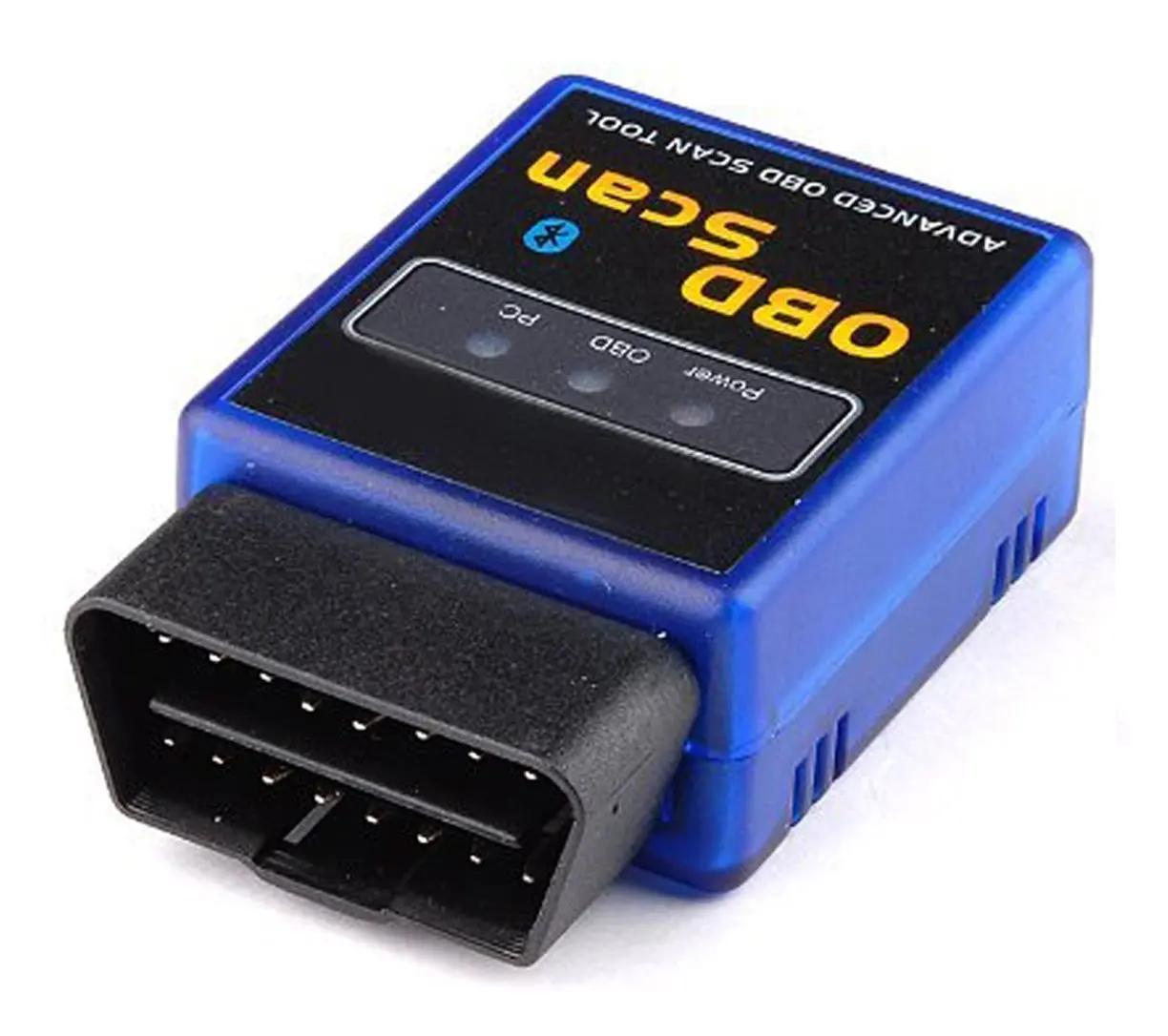

- #Android obd2 reader full
- #Android obd2 reader android
- #Android obd2 reader code
- #Android obd2 reader iso
- #Android obd2 reader Bluetooth
Of course, this code should be executed in a non-UI thread. The UUID, as we mentioned, represents a “serial” interface through Bluetooth. UUID uuid = omString("00001101-0000-1000-8000-00805F9B34FB") īluetoothSocket socket = device.createInsecureRfcommSocketToServiceRecord(uuid) Now we can connect to the selected device: BluetoothAdapter btAdapter = BluetoothAdapter.getDefaultAdapter() īluetoothDevice device = btAdapter.getRemoteDevice(deviceAddress)
#Android obd2 reader Bluetooth
String deviceAddress = devices.get(position) ĪtTitle("Choose Bluetooth device") ĭon’t forget to save the selected device address somewhere. Int position = ((AlertDialog) dialog).getListView().getCheckedItemPosition() Set pairedDevices = btAdapter.getBondedDevices() įor (BluetoothDevice device : pairedDevices)ĭeviceStrs.add(device.getName() + "\n" + device.getAddress()) įinal AlertDialog.Builder alertDialog = new AlertDialog.Builder(this) ĪrrayAdapter adapter = new ArrayAdapter(this, android.R.lect_dialog_singlechoice,ĭeviceStrs.toArray(new String)) ĪtSingleChoiceItems(adapter, -1, new DialogInterface.OnClickListener() void onClick(DialogInterface dialog, int which) Displaying an alert dialogue with single choice items is a good way to go: ArrayList deviceStrs = new ArrayList() įinal ArrayList devices = new ArrayList() īluetoothAdapter btAdapter = BluetoothAdapter.getDefaultAdapter() But one thing you need to do before connecting is to select the Bluetooth device. The general workflow of the application functionality should go like this:ġ) connect to the OBDII adapter through Bluetooth Ģ) initialize OBDII adapter with AT commands ģ) continuously get data from the vehicle by issuing the corresponding PID codes.Ĭonnecting to the OBDII adapter is straightforward.

Another part of the protocol is OBDII control protocol itself. The protocol supports some AT commands like turning echo and control line feed. However, since it is now supported only by several devices, it is too early to use it. It seems that Bluetooth Low Energy API is just the thing we should use. We will connect to the adapter through Bluetooth. And knowing what commands to send is key. This means that all you need is to send a command to receive a response.
#Android obd2 reader android
Let's start with describing the protocol that is used for communication between the Android device and OBDII adapter/vehicle. As for the OBDII adapter we used ELM327 v.1.5 adapter.
#Android obd2 reader iso
We used ECUsim 2000 standard with ISO 15765 (CAN) protocol enabled. What's more, a hardware emulator can be used instead of a real car. Please note that most likely it will require you to modify the source code and change RFCOMM channel to the first available instead of channel 1. Since Bluetooth is not supported on Windows, rebuilding it from scratch in Linux will be necessary. The one that worked for me is OBDSim: it is an open source project available for different platforms. Hold on, do you really have a car close enough to your development environment? Actually, we can use a simulator for a start. Data Collection for Machine Learning Algorithm. Read also Getting Started with Activity Tracking App. So, if you have a car within reach and good OBDII adapter we can start developing OBDII reader application. Theoretically, any adapter can be used by the Android application, but in practice, your best choice is the Bluetooth interface.Also, adapters can be differentiated by supported OBDII protocols (i.e. Some of them have a COM interface, others have a USB interface, and some have a Bluetooth interface. There are many adapters from different manufacturers. Necessary materialsįirst of all, you would need a OBDII adapter to be able to use the OBDII interface.
#Android obd2 reader full
For a full understanding of how it works and the history behind it, you can read the full article on Wikipedia called “On-board diagnostics ”. Nowadays, in addition to preserving the “diagnostics” part, this system has been dramatically enhanced and allows a vehicle owner to be in control of different parameters like the current fuel consumption rate, gear and transmission modes, GPS module and so on. The early versions of it allow checking for possible problems with the engine. Originally it was intended to help mechanics run quick vehicle diagnostics.

OBD is an acronym for “on-board diagnostics” and refers to vehicle's self-diagnostics and reporting capability. We will discuss what it takes to develop an OBDII reader application.Ĭheck out also Developing Basic Features for Your Fleet Management Application.įirst, let's take a quick look at the protocols used in vehicles for diagnostics. Have you ever thought about different vehicle parameters being displayed in your own Android application? If so, then you've come to the right place.


 0 kommentar(er)
0 kommentar(er)
